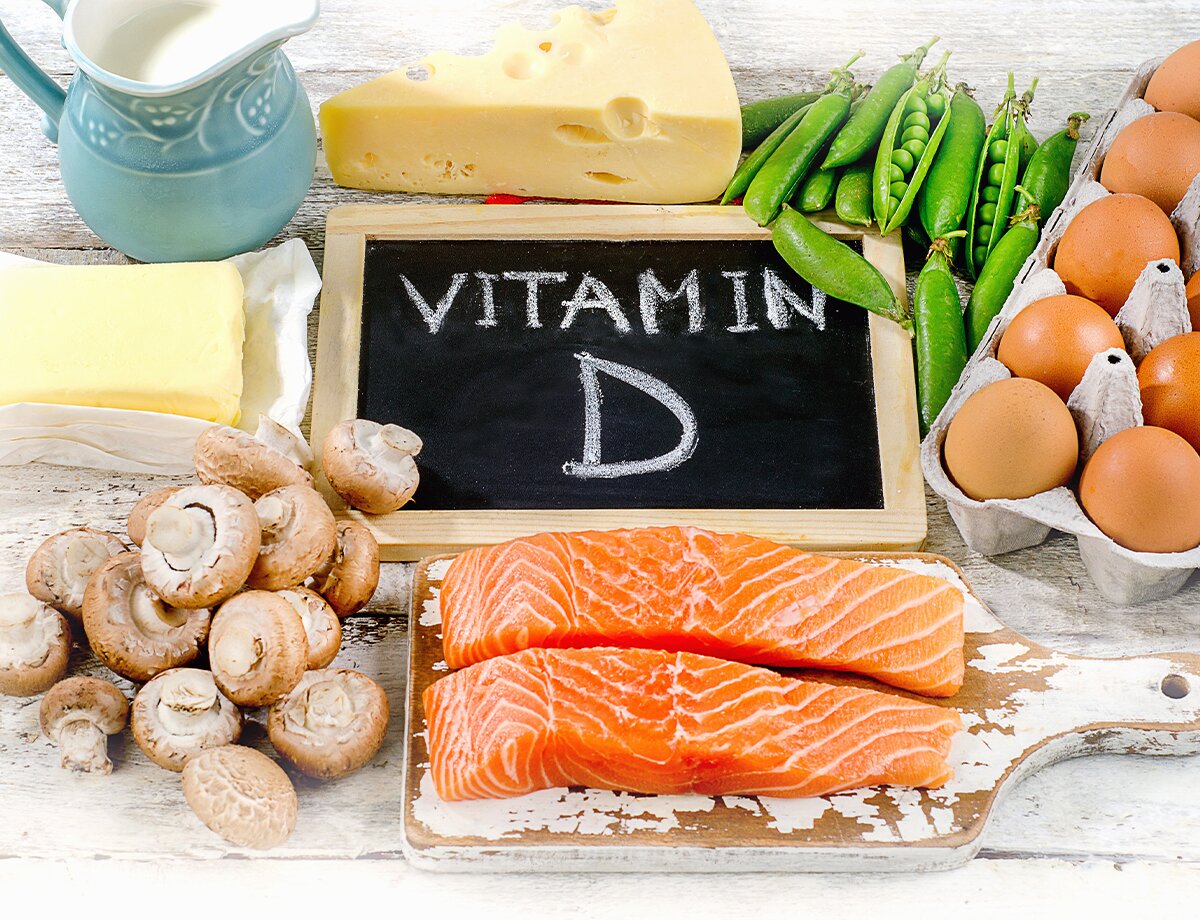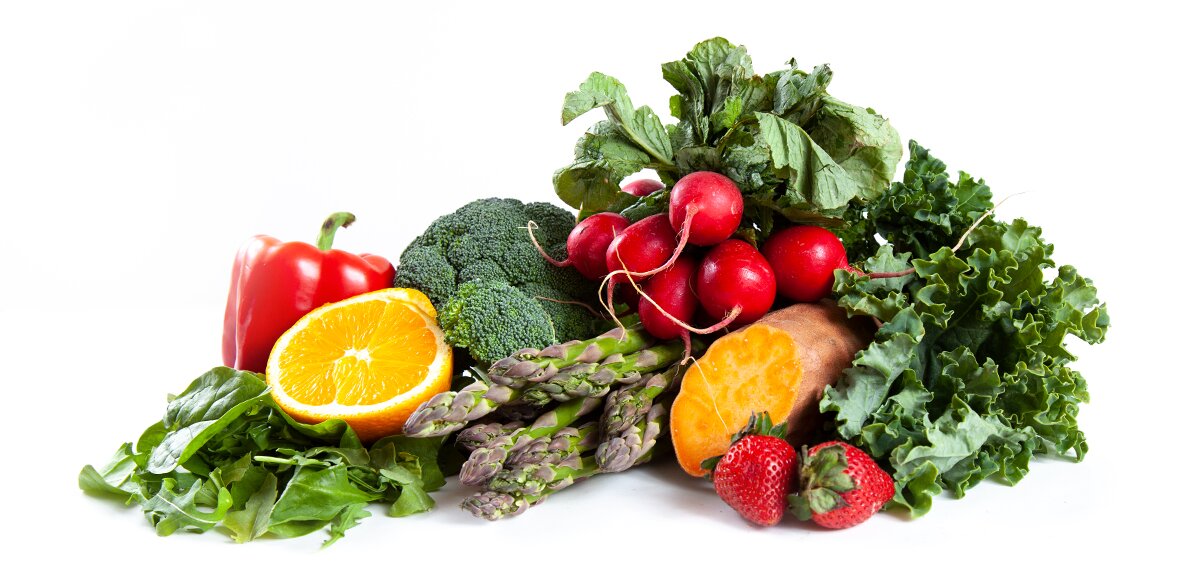
Are You Deficient in Vitamin D or Vitamin A?
Vitamin D and vitamin A are both crucial for optimal health and performance. A vitamin deficiency in either can impact both your health and your performance in the gym! Here’s how to make sure you’re getting enough.
The so-called “standard American diet” often goes by the acronym SAD, and for good reason: It’s often sky-high in calories, but low on some of the most important nutrients for health and athletic performance. Sure, some vitamins are pumped back into refined foods like white bread, but this is hardly the best way to get what you need.
Let’s focus in on two essential fat-soluble vitamins, D and A, which provide an abundance of health and performance benefits. Not coincidentally, the best vitamin D foods and vitamin A foods also work perfectly with a health and performance-focused eating approach. Here’s why you should be on the lookout for a deficiency in either, and how to eat and supplement to avoid one!
WHAT DOES VITAMIN D DO?
Vitamin D was long considered important for its role in bone health, but in recent years, research has shown that the vitamin’s in the body goes well beyond strengthening your skeleton. Vitamin D makes the headlines these days more for the risks that being deficient can pose to mood, immune health—particularly during the Covid-19 pandemic. Conversely, adequate vitamin D status has been linked to everything from improved heart health and brain function to lowered risks of diabetes and obesity.
Athletes should take heed of recent data suggesting that vitamin D may help improve athletic performance and muscular strength, inflammation control, and even testosterone production. This is most important if you’re vitamin D deficient, which nearly half of the global population is.
Even worse? Many common symptoms of a vitamin D deficiency can also be things that also may have nothing to do with your vitamin D level: fatigue, getting sick often, and even experiencing chronic back pain.

TOP VITAMIN D FOODS
Herring: 1 oz. = 115% RDA
Salmon (canned or fresh): 3 oz. = 162% RDA
Other good sources of vitamin D include oily or fatty fish like cod, trout, sardines, mackerel, shrimp, milk, egg yolks, and fortified foods such as yogurt, nondairy milks, orange juice, and cereals.
However, few foods are really packed with vitamin D, which is why supplement expert Chris Lockwood, PhD includes it in his list of supplements that pretty much everybody should consider taking. Your vitamin D status is primarily influenced by sun exposure, your location relative to the equator, the amount of time you spend outside, your skin pigmentation, and your use of sunscreen.
How Much Vitamin D Should You Take: If you are at risk of deficiency, consult your doctor about supplementing with 2,000-5,000 IU daily of vitamin D3.
WHAT DOES VITAMIN A DO?
Human bodies utilize vitamin A for cell growth, which in turn plays a role in forming and maintaining organs such as the heart, skin, and lungs. Vitamin A is also essential in for vision, immune health, and bone health.
There are two main sources of vitamin A: animal sources, which contain preformed vitamin A in the form of retinol, and colorful fruits and vegetables, which contain provitamin A carotenoids that the body converts to retinol. The most important carotenoid is beta-carotene, which provides the bright orange color in vegetables like carrots and orange bell peppers.
Yeah, its confusing stuff. The good part: vitamin A deficiencies are relatively rare except in developing countries. Just eat a bunch of the foods below and you’re probably good to go.

TOP 3 VITAMIN A FOODS
Sweet potato: 1 medium potato = 438% RDA
Kale: 1 cup = 206% RDA
Beef liver: 3 oz. = 444% RDA
Other good sources of vitamin A include pumpkin, carrots, butternut squash, milk, cod liver oil, broccoli leaves, Swiss chard, spinach, goat cheese, turkey and chicken giblets, eel, Bluefin tuna, and egg yolks.
IS THERE SUCH A THING AS TOO MUCH VITAMIN D OR VITAMIN A?
It’s possible to overconsume vitamin A, but you’d have to make a consistent, prolonged effort to do so—think guzzling cod liver oil every day (which you’re not going to do). Consuming large amounts of beta-carotene from orange and yellow fruits and veggies, however, will not make you sick.
With vitamin D, the ceiling is even higher, and far less clear. Plenty of individuals at risk of vitamin d deficiency take upwards of 5,000 IU of vitamin D3 daily safely, and there’s been a lot of clamoring in nutritional circles in recent years to raise the RDA from the current piddling 600-800 IU up to around 4000 IU.
Credit – Bodybuilding.com
